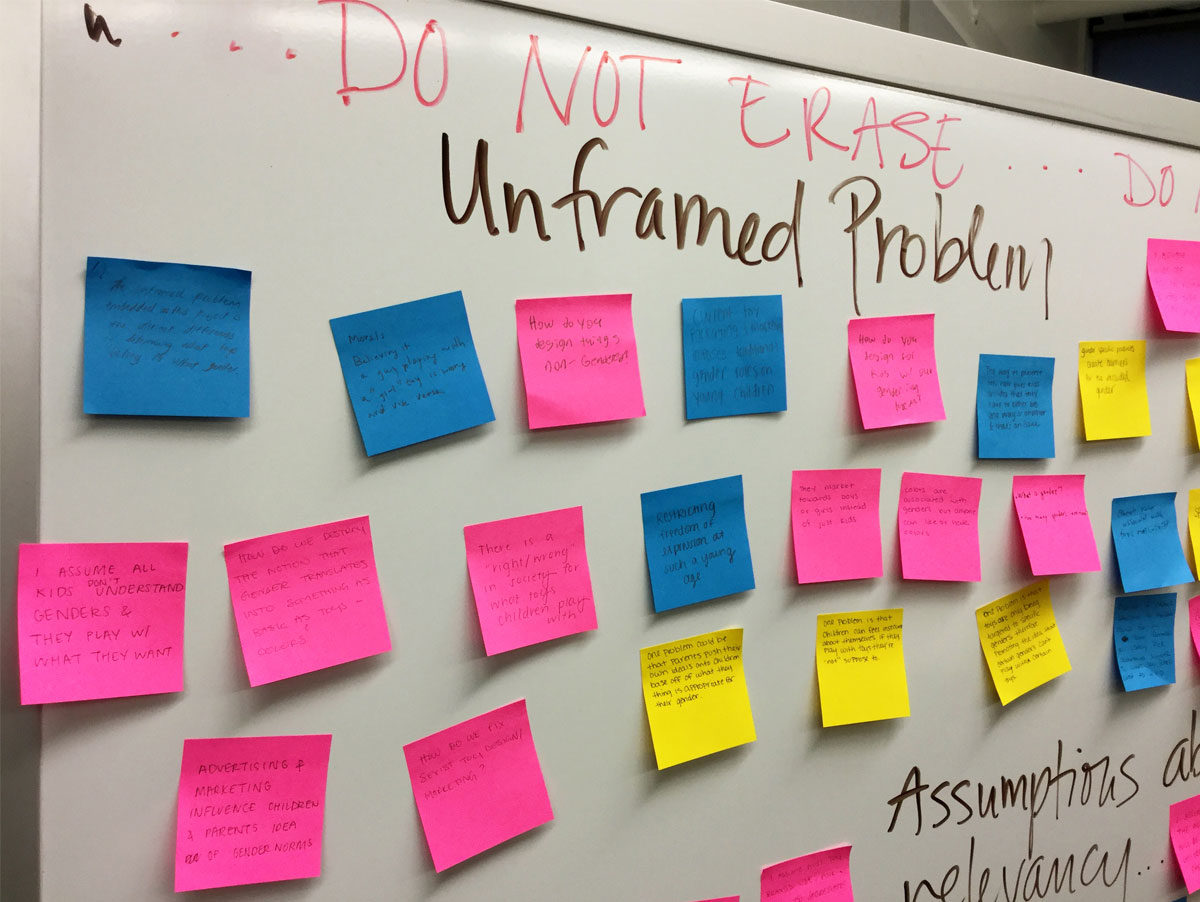Anne Berry
Assistant Professor
Cleveland State University
Whether working as industry professionals or engaged in academic research, designers are trained to embrace complex, unframed problems and prioritize the needs of end-users. Processes derived from design practice, such as design thinking and human-centered design (HCD), can subsequently be useful in providing frameworks and strategies to address broad, undefined challenges. There are limits to the depth and breadth of information that can be gathered about the complexities of human nature when filtered through these approaches, however. Designing products for people versus designing to affect change within complex political, social, and cultural systems—or what scholars Cinnamon Janzer and Lauren Weinstein refer to as “object-centered” and “situation-centered” practices—run counter to one another. Questions subsequently remain as to how designers should bridge gaps between the design problems identified and the research techniques employed when working towards solutions.
In contrast to “object-centered” approaches inherent in design thinking and HCD, narrative inquiry is a qualitative method particularly suited to human complexity. Everyday lived experiences, their impact, and the social and cultural contexts in which the experiences take place are examined through storytelling. With an emphasis on building knowledge, versus setting out to achieve specific outcomes, narrative inquiry has the potential to help designers develop deeper understanding of the people and systems they design for. This talk, consequently, will address how narrative inquiry can be utilized as a research method for design research.
This research was presented at the Design Incubation Colloquium 5.2: CAA 2019 Conference New York on Thursday, February 14, 2019.
